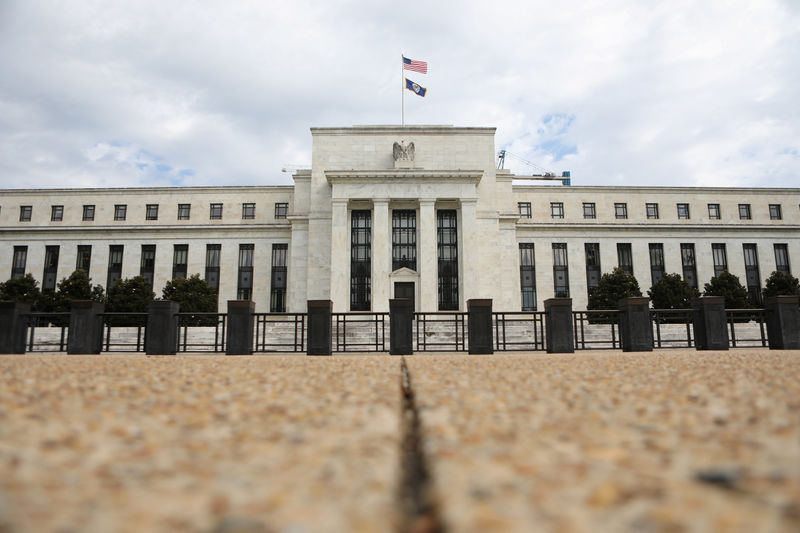In their report on the global economic outlook, Citi economists said they expect the Federal Reserve (Fed), the European Central Bank (ECB) and the Bank of England (BOE) to all cut interest rates in September.
The bank said its forecast aims to balance three key themes: resilient services sectors, continued inflation above official targets, and continued geopolitical pressures. Despite these headwinds, Citi’s global growth forecast remains largely unchanged from the previous month, with an expected slowdown from 2.7% last year to 2.3% this year. This slowdown is mainly concentrated in developed markets.
“Our forecast projects a rotation of consumer spending toward goods, which should help ease pressure on labor markets and dampen inflation in the services sector,” Citi economists noted. They expect that the depreciation of consumer goods purchased during the 2020-2021 pandemic spending boom, along with the introduction of new devices with AI applications, will drive this shift in spending.
Earlier this month, the ECB cut its deposit rate by 25 basis points, but this move was accompanied by relatively aggressive communication.
“It is clear that the Board of Directors was concerned about the tone of the recent payroll data, which remains current,” Citi noted. Despite the reduction, inflationary pressure, especially from wages, remains a concern.
Citi analysts now predict that the Fed, ECB and BOE will all initiate rate cuts in September, and expect interest rates to continue falling through 2025.
“To be clear, this call for synchronized cuts in September reflects our interpretation of domestic inflationary pressures in each economy,” economists said in a note.
“However, especially during this cycle, central banks have shown a clear preference for pulling together, at least to the extent that economic conditions allow.”
In recent months, the major central banks have struggled to find an exit strategy, with the Fed leading the way. After Chairman Powell’s optimistic press conference in December, markets expected loose interest rate cuts by the Fed. However, stronger than expected inflation in the first quarter tempered these expectations, and while April data showed a slight improvement, inflation remains too high.
“In response, the Federal Reserve has reversed its easing plans,” economists said.
“Over the winter, markets priced in as many as six interest rate cuts this year, with the exit expected to take place as early as March. But markets are now only seeing one to two cuts this year, with a full cut not being priced in until December.”
In the eurozone, the ECB’s decision to cut interest rates was driven by the need to tackle wage inflation and the general economic recovery. The eurozone economy appears to be in a moderate recovery phase, driven by continued monetary restrictions and less accommodative fiscal policy. Citi predicts at least two more interest rate cuts by the ECB this year, with a final interest rate of 2%.
The BOE, meanwhile, has been shocked by stronger-than-expected inflation figures. As a result, Citi believes the BOE will likely remain on hold until September, after which it will join the Fed and ECB in cutting rates.


